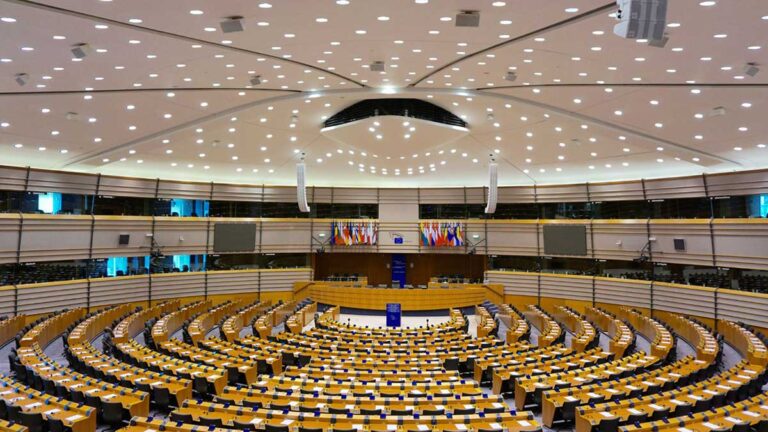FAQ
Frequently asked questions on sustainability strategy
How does a sustainability strategy help a business?
The better you know your strengths and weaknesses, the better you can react and be prepared. What is true for business strategy in general also applies to a sustainability strategy. In order to manage your strengths and weaknesses, it makes sense to inquire about the perceived sustainability performance of your key stakeholders, research the performance of peers, evaluate their own sustainability maturity, and potentially get rated independently. Based on this analysis, opportunities to be developed and risks to be managed become apparent and you have a solid foundation for the strategy implementation. As a structural framework, it helps to have a finished materiality assessment and well-defined material topics.
What is a materiality analysis?
The materiality analysis represents the core of every sustainability management and builds the basis for all the topics discussed in reporting. It defines which environmental, social, and ethical topics need to be focused on. In this way, management resources can be used in a targeted and effective manner. General reporting standards and legal requirements are based on a professional materiality analysis.
What is the major difference between business strategy development and sustainability strategy development?
Ideally, there is only one business strategy that deeply implements sustainability considerations, such as planetary boundaries and social cohesion. In practice, however, business strategies often limit their viewpoint to short- and mid-term financial performance figures. A sustainability strategy fills this gap by evaluating current business models holistically and by picturing the alternatives needed. This includes extending the perspective to the long-term, including the entire up- and downstream value chain, evaluating external stakeholder perspectives, taking environmental and social impacts into account, and incorporating non-financial aspects of value creation and value retention, such as mitigated risk, brand and employer reputation, or independence of global market dynamics.
What is the major paradigm shift between GRI and CSRD?
Most of GRI’s thinking has been adopted by EFRAG in the CSRD’s ESRS draft. CSRD, however, embeds double materiality everywhere – which affects sustainability strategy development in such a way that it is not just focused on what is best for people and the planet, but also on the risks and opportunities businesses face due to sustainability-related trends. Organizations now have to report on the relationship between business performance and sustainability performance not only in terms of strategy but also in terms of governance, decision-making, and performance evaluation. Additionally, an aggregated sustainability management perspective as well as the contemplation of each and every specific material topic is necessary.
What is the correct caption for the axes of a materiality matrix?
There is no one correct approach, it rather depends on the reporting standard you use. For example, the GRI Standard recommends two dimensions.
- economic, environmental, and social impacts (inside-out, that is the impact of the
reporting organization on the economy, environment, and society) - stakeholder importance
The CSRD / ESRS drafts also include two dimensions, but the second one differs:
- sustainability impact (also inside-out, like GRI)
- financial impact (effect of material risks and opportunities on enterprise value, business
model, strategy, goal achievement and value creation)
However, GRI as well as CSRD and other frameworks support the usage of all three dimensions:
- Sustainability impact
- Financial impact
- Stakeholder input (GRI as its own dimension, CSRD to extend and validate the two other ones)




